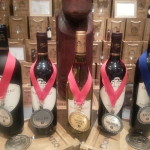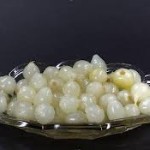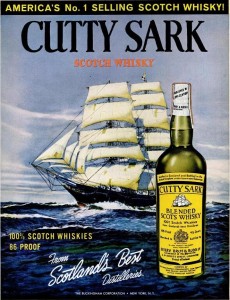 Don Mateo Wines started with three global entrepreneurs, a passion for wine making and a vision to become world class.
Don Mateo Wines started with three global entrepreneurs, a passion for wine making and a vision to become world class.
So, what’s so special, you ask, lots of aspiring winemakers out there.
Yes, but how many have won four awards at the recent Wine and Spirits Wholesalers of America (WSWA) convention? And, how many have had a journey that began in China?
I first met the partners running Don Mateo Wines in late 2010 and was immediately struck by their business acumen, gained in global trading, and applied to the wine world. Their story is interesting.
Andy Lam and his brother Matthew were successful exporters of various products and commodities to Chile from China. Over the years, the currency exchange swings hurt their business and so they turned the ship around and began importing wine from Chile. Their passion about wine helped, and they began buying vineyards and wineries. Added to that was the patience and tenacity to develop top quality wines. They hit the Chinese wine market at the right point in time and the business flourished.
You can’t be a global wine player without the US market, so a third partner, Peter Loucks, entered the picture and applied his overall business skills to the wine business. Peter is smart and a quick learner so it’s not surprising that he soon realized that, unlike China, the supply of wine (Chilean and others) exceeded the demand. Consequently, growth here would be an uphill battle. Further, the mandatory wholesaler tier has become more and more difficult to deal with, as in “take on another wine brand, are you kidding?”
But, he knew that despite the hurdles, he had some key brand equities and assets. For one thing, Don Mateo is a memorable brand name for a Chilean wine and the brand symbol is both interesting and notable to consumers.
As you can see, the symbol/logo is the Moai (pr. mo-eye). These Moai are the monolithic statues of Easter Island, off the coast of Chile. According to their website “they reflect our commitment to discovery, craftsmanship and passion. These three elements have been the guiding principles for Don Mateo wines from Chile.” Might even stand for the three partners behind the venture. You never know.
If you asked the brand owners what is the single most important asset of their wines, their answer is most likely to be, the wine. Trust me folks, these are outstanding wines. But, in case you don’t believe it, think about the medals they won at the WSWA – three silver and a double gold.
Here’s the irony. Despite the entrepreneurial approach, despite their marketing and branding and, despite the high quality and good value, you would think wholesalers would be beating a path to their door. Instead, getting wholesalers to take on the line has been slow and difficult. Such is the state of the booze business and the plethora of brands on the market.
But, hey, the Moai on Easter Island have stood the test of time, so why shouldn’t Don Mateo Wines.
For you former Seagram folks out there… It might interest you to know that Jim Reichardt introduced me to them and their New Jersey wholesaler is Sam Ellias.








